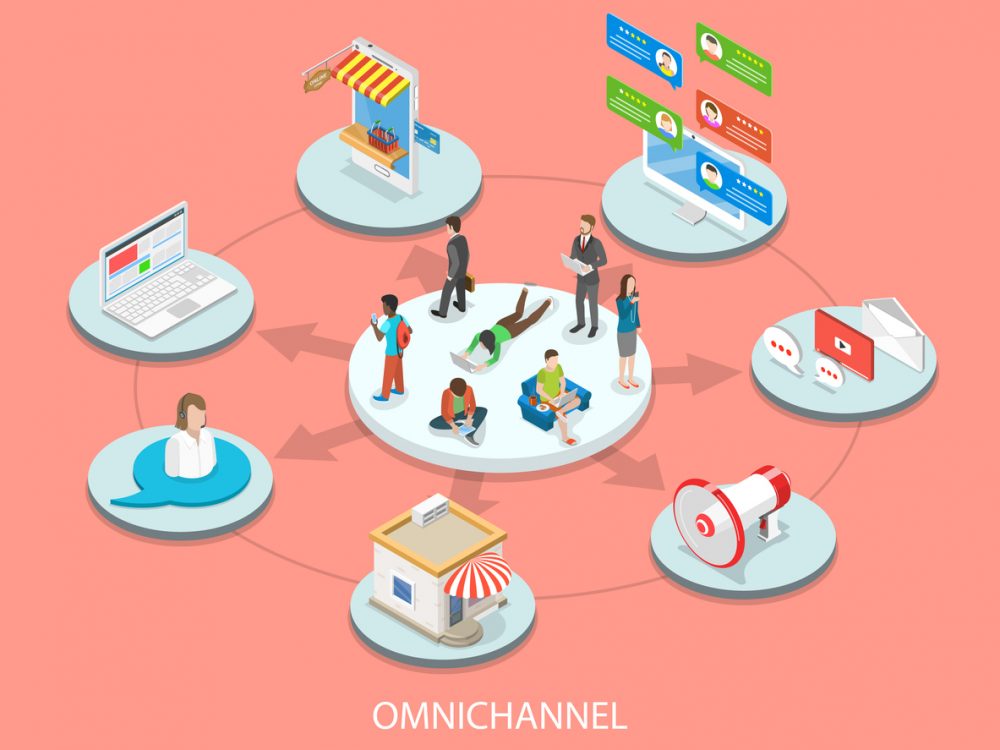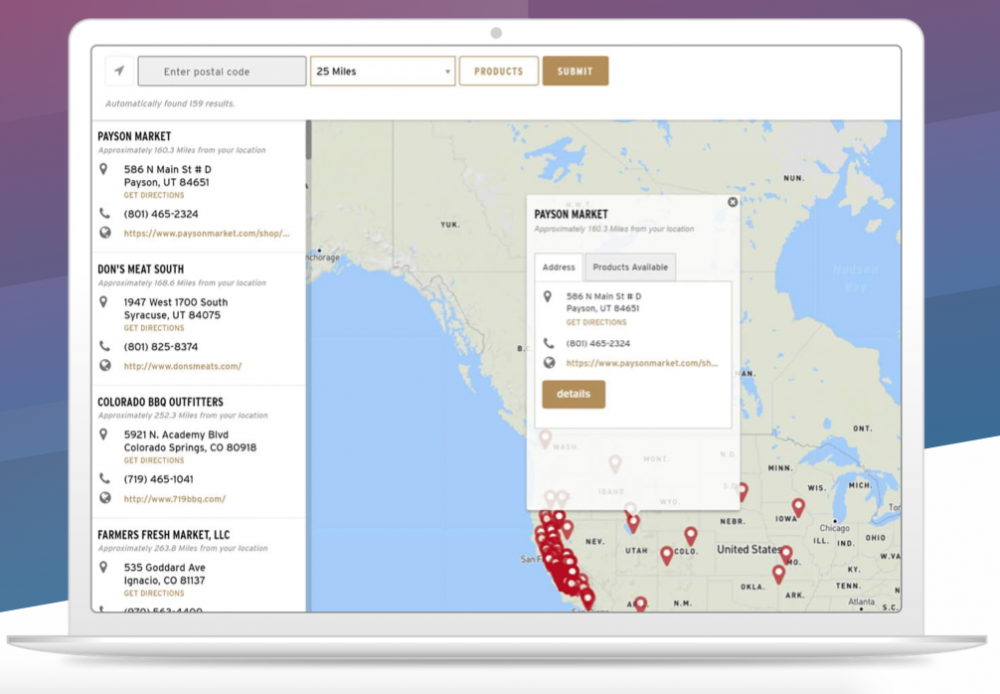It’s always good to diversify your income sources, but simply offering your wares for sale at a number of different retailers is not enough to maximize your profit. In order to ensure that you are getting the most out of your omnichannel sales operation, you’ll need to learn how to gather and interpret that data that will help you make informed decisions to get the most out of those channels.

In this post, we’ll talk a little bit about what a powerful tool multiple sales channels can be for growing your business and then we’ll tell you how you can use data from those outlets to bring the highest profits to your business.
The Power of Multiple Channels
Many consumers have a favorite retailer that they prefer to purchase from. Some do not trust many companies to store their payment info and will only purchase online from their favorite outlets. Making your product available in the outlets that consumers want to purchase from is a great way to ensure that you convert a lead into a sale.
In order to determine how well these conversions are working though, you need some way to track the conversion. After tracking the conversions, you need some way to compare the performance of the various retailers to see which one maximizes your profits. Doing this isn’t always as simple as looking at the number of sales or revenue that comes from a particular retailer. To get the most out of omnichannel sales, you need to know precisely what effect each retailer is having on your overall profitability. Only then can an omnichannel sales strategy reach its full potential.
How to Measure Results
A good omnichannel sales system will give you a way to track conversions as customers leave your site and purchase your products somewhere else. This is the first key step in determining which retailers are most successful for you. The best omnichannel systems will provide you with much deeper analytics, however. These analytics will allow you to take a deep dive into how your omnichannel strategy and the actions of individual retailers are impacting your bottom line.
Once you have a complete picture of which retailers perform the best, you’ll be able to formulate a list of your own favorite retailers. You’ll then be able to guide visitors to your website to the retailers that maximize your profits. This way, you’ll still get the sales from customers who prefer a different retailer than you, but you’ll maximize your earning from those customers who have no preference or who would otherwise be undecided between your favorite retailer and one of the lesser performing ones.
Now let’s take a look at how you can go about judging the performance of the various places that sell your product.
Sales vs Profit
There are two aspects of a sale that you must look at when determining how valuable that sale is to your company. Do not allow yourself to get caught up in merely counting which retailers provide you with the most sales. The obvious metric to include is the price. Not every retailer is going to allow you to set your own price. Look at how much money you are actually making from each sale when evaluating retailers.
Price is only one part of the profit per sale equation. You must also look at any fees that are associated with a given retailer. What percentage of the sale do they take? Are there any monthly or ongoing fees that you must pay? As usual, you need to factor these expenses into the equation when determining a retailer’s worth.
Weighing Sales vs Profit
When deciding which retailers you should promote, you obviously want to look at the actual profit that you make from each outlet. But there are some other factors that you may want to consider as well. Retailers will often lower their prices to match that of a competitor. Is one of the retail outlets that you sell at driving your prices down across the board? If so, then you have some decisions to make.
You should also keep an eye on the stock levels that the retailers keep. You may have a very high performing retail outlet that is constantly running out of stock. In this case, it is possible you are leaving some money on the table if you promote them more heavily that an outlet that manages stock better. It could very well be the case that promoting the second choice more prominently could catapult it into the first spot as it does a better job of keeping up with the demand, thereby maximizing the amount of money you bring in.

How Metalocator Can Help
Our omnichannel eCommerce solution will allow your customers to see which retailers than can purchase your products from when they visit your website. This alone isn’t very powerful, almost every website has a Where to Buy section now. Metalocator doesn’t stop at providing simple links for your customers to follow through, we provide you with detailed analytics that you use to evaluate how those retailers are affecting your sales and profit.
Setting up a Where to Buy button with Metalocator is easy. Simply add the button to your website and the software will automatically track sales conversions for you. In addition to recording the sale, you’ll also get information about the SKU number, stock status, and pricing information. You’ll e able to know at a glance which retailers are driving price changes and what stock levels they are keeping for your product, both in-store and online. Using this data, you’ll be able to easily put the suggestions of this post to work for you.
To find out more about our omnichannel Where to Buy eCommerce product, and all of the other great ways that Metalocator can help you get your product in the hands of more customers at a higher profit margin, please do not hesitate to contact us today. Our friendly staff are available to answer any questions you may have or to help you schedule a demo of Metalocator’s products.
